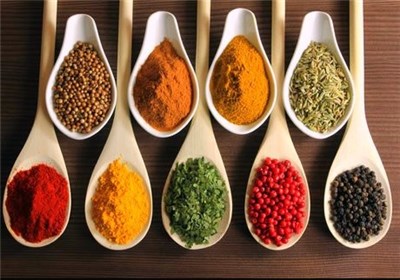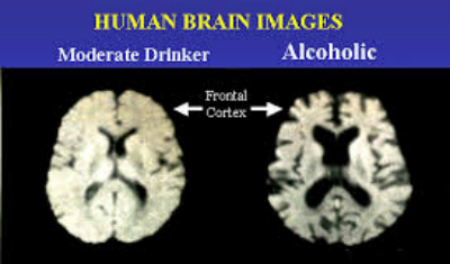
How often do we sprinkle cinnamon powder into the porridge or add a dash of oregano to pizza to pamper our taste buds! It may come as a surprise to many that our favorite herbs and spices not only add a twist of color, flavor and taste to our breakfasts, lunches, and dinners but also pack a nutritional punch.
From keeping our heart healthy and arteries clear to easing pain and warding off cancer, spices used extensively in cooking carry infinite health benefits and contribute towards a healthy life.
spices that not only turn bland dishes into mouth watering delicacies but contribute towards a healthy life.
1. Ginger: This gnarly looking tree root is a good source of magnesium, potassium, copper and vitamin B. The underground stem gives specific flavour to food and has many medicinal uses. It works wonders in alleviating nausea, motion sickness, helps treat upset stomachs, gas and bloating, is beneficial for coping with sore throats and colds. In addition, it is good for arthritis, hinders the growth of certain cancer cells, boosts immunity and promotes sweating.
2. Garlic: Some profess to love garlic while others hate it! Whatever may be the case, there is no denying that garlic is good for you! It has antibacterial, anti-fungal and antiviral properties. Research has established that garlic improves cardiovascular health and helps the body metabolize iron. Just incorporate the spice in your daily diet whether in sauces, pizzas, roasted in veggies or finely chopped in regular meals.
3. Cinnamon: We love cinnamon, the common kitchen spice prized for its unique aroma in pie, rolls, raisin bread, stirred in coffee and sprinkled on yoghurt because it brings out the flavors of the food it is paired with. However, few know that cinnamon tames nausea and stomach ulcers, is a proven anti-inflammatory, keeps arteries healthy increases metabolic rate, helps alleviate arthritis pain, regulates blood sugar and lowers cholesterol. Moreover, it is a natural food preservative.
4. Saffron: The “golden spice” is truly a wonder herb. Prized for adding color and a unique aroma to a dish, this expensive and exotic spice is known to treat nearly 90 ailments. Saffron is a purifier and has a cooling effect. It works wonders as therapy for kidney, bladder and liver disorders. It is heart healthy, and is known to lower blood cholesterol and triglycerides. Saffron is touted as an enhancer of skin tone.
5. Turmeric: This bright orange-yellow spice has some solid gold health benefits. Turmeric paste speeds healing process of injuries and provides pain relief of arthritis. Turmeric can relieve colds, respiratory problems, improve liver function and help to digest fats quickly. Curcumin, a compound in turmeric contains anti-inflammatory and anti-bacterial properties. The spice is also being investigated for its potential benefits in Alzheimer’s disease, managing heart disease and inhibiting cancerous cell growth.
6. Chilies: Believe it or not but chilies which create sensations of heat also help trigger the body’s natural cooling system. Research has established that capsaicin, a pungent compound found in hot chilies, revs up the body’s metabolism and may help burn fat. Capsaicin may also lower risk of ulcers and shield the heart by keeping “bad” LDL cholesterol from turning into a more lethal, artery-clogging form. Moreover, chilies improve circulation, clear congestion, fight inflammation, enhance immunity, aid in weight loss and lower the risk of diabetes.
7. Cardamom: Enriched with dietary fiber, iron, magnesium, zinc, calcium, Vitamin C and potassium, cardamom flushes out toxins from the body, perks up kidney, bladder and digestive function as well as circulation. Commonly known as choti elaichi, this spice alleviates gas and symptoms of asthma, stimulates appetite, aid acid reflux while the fragrant seeds rectify foul breath.
source: the med guru











